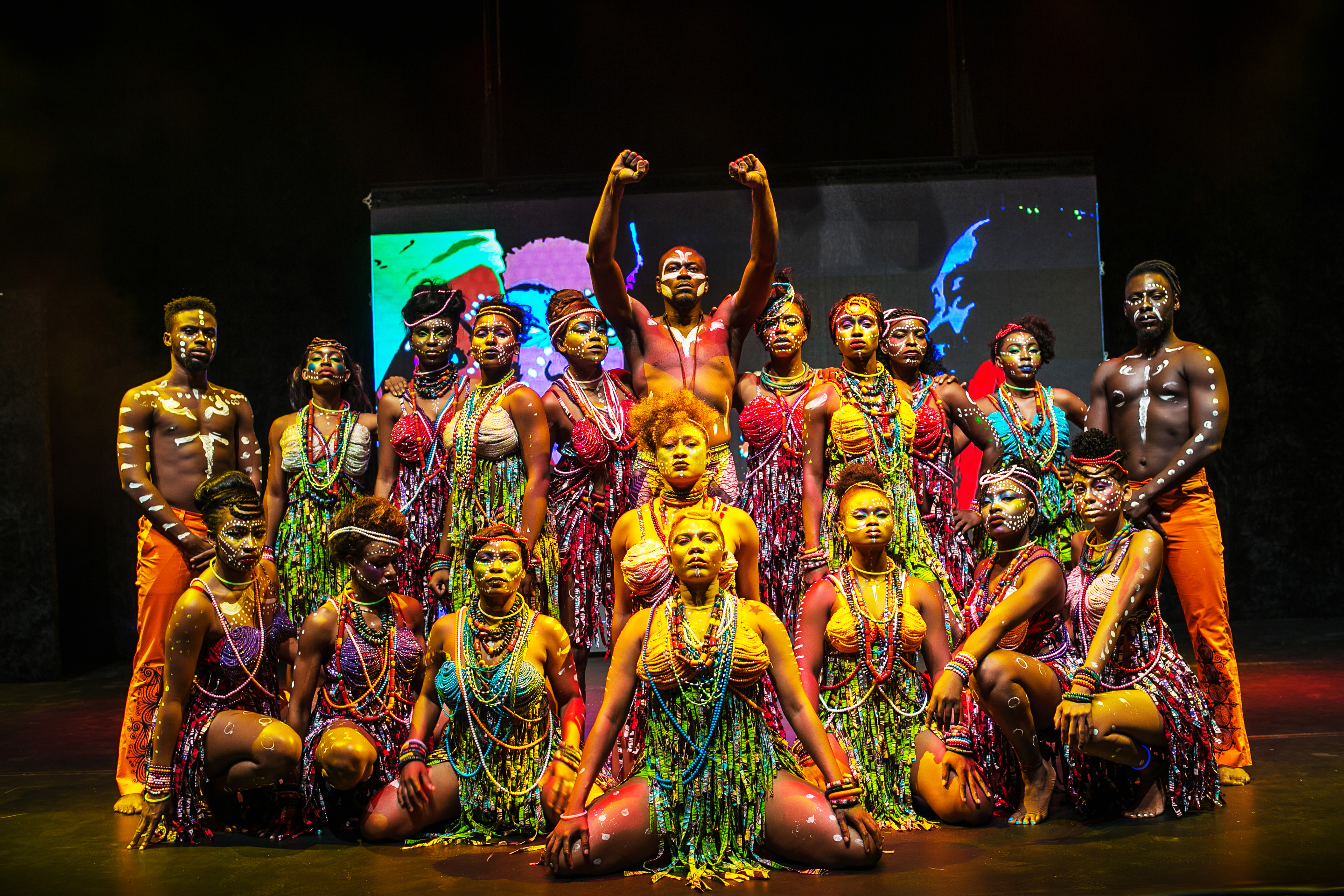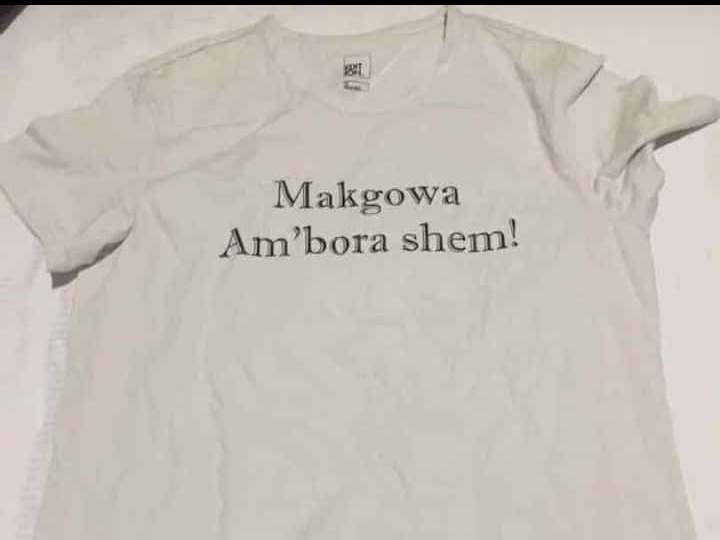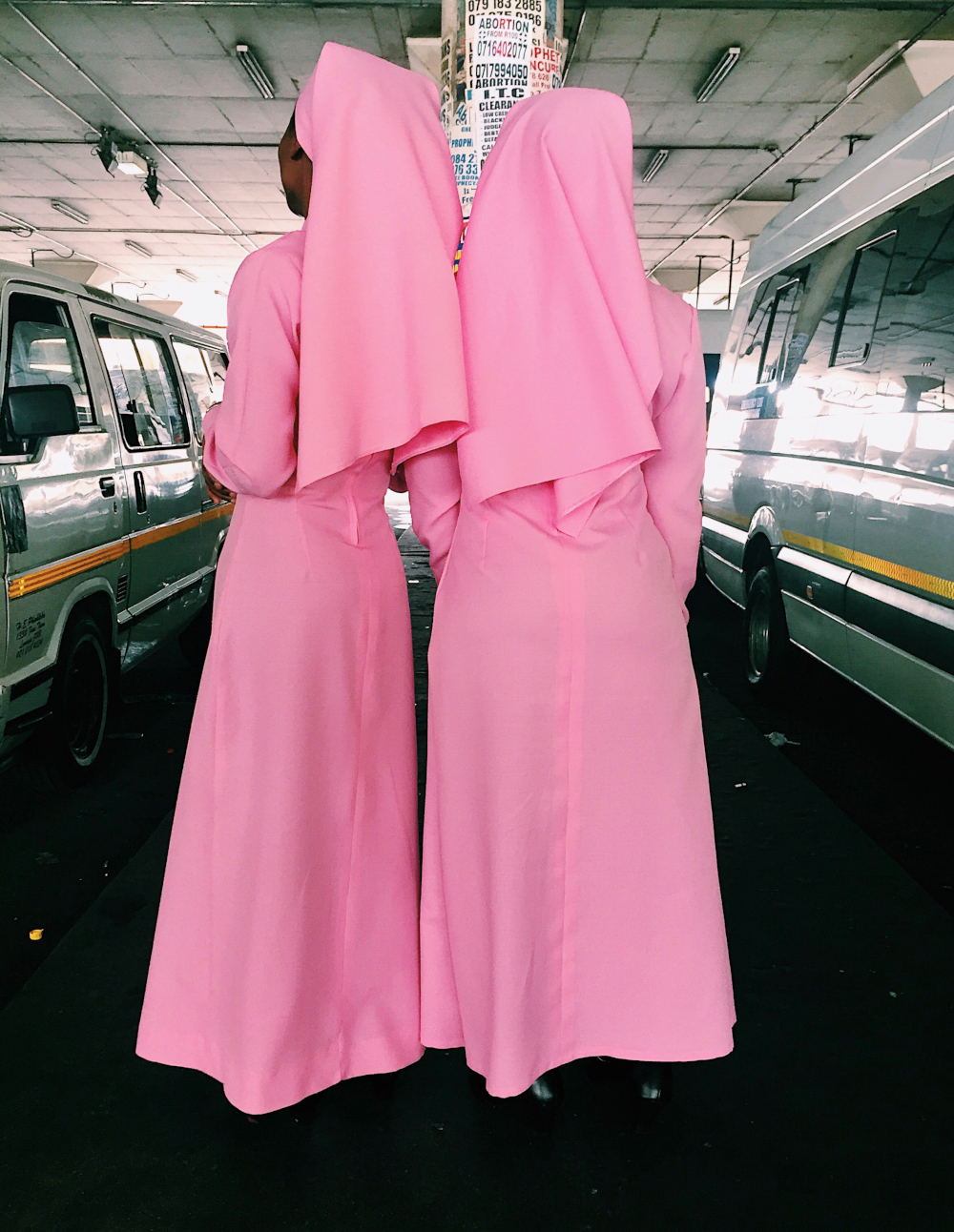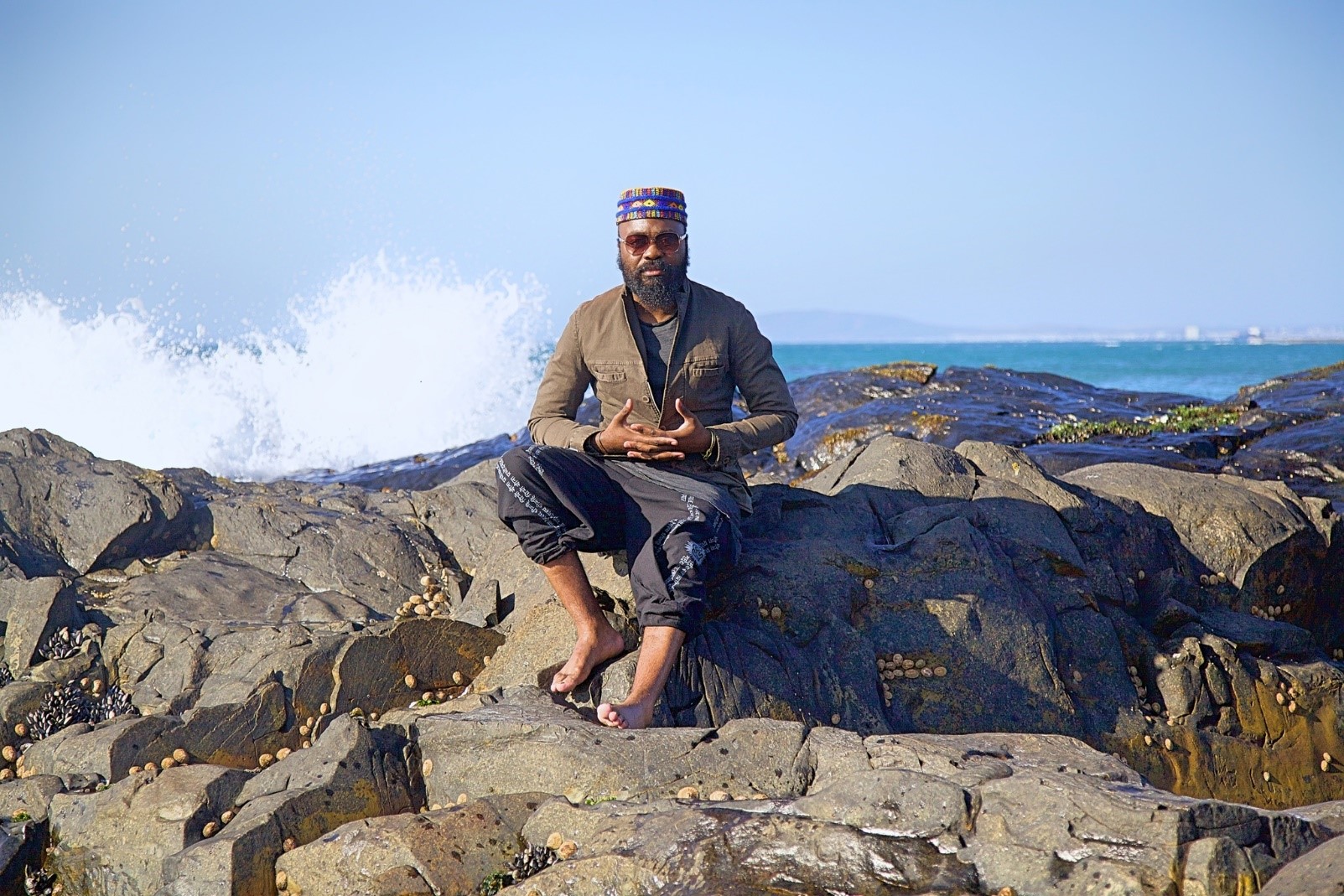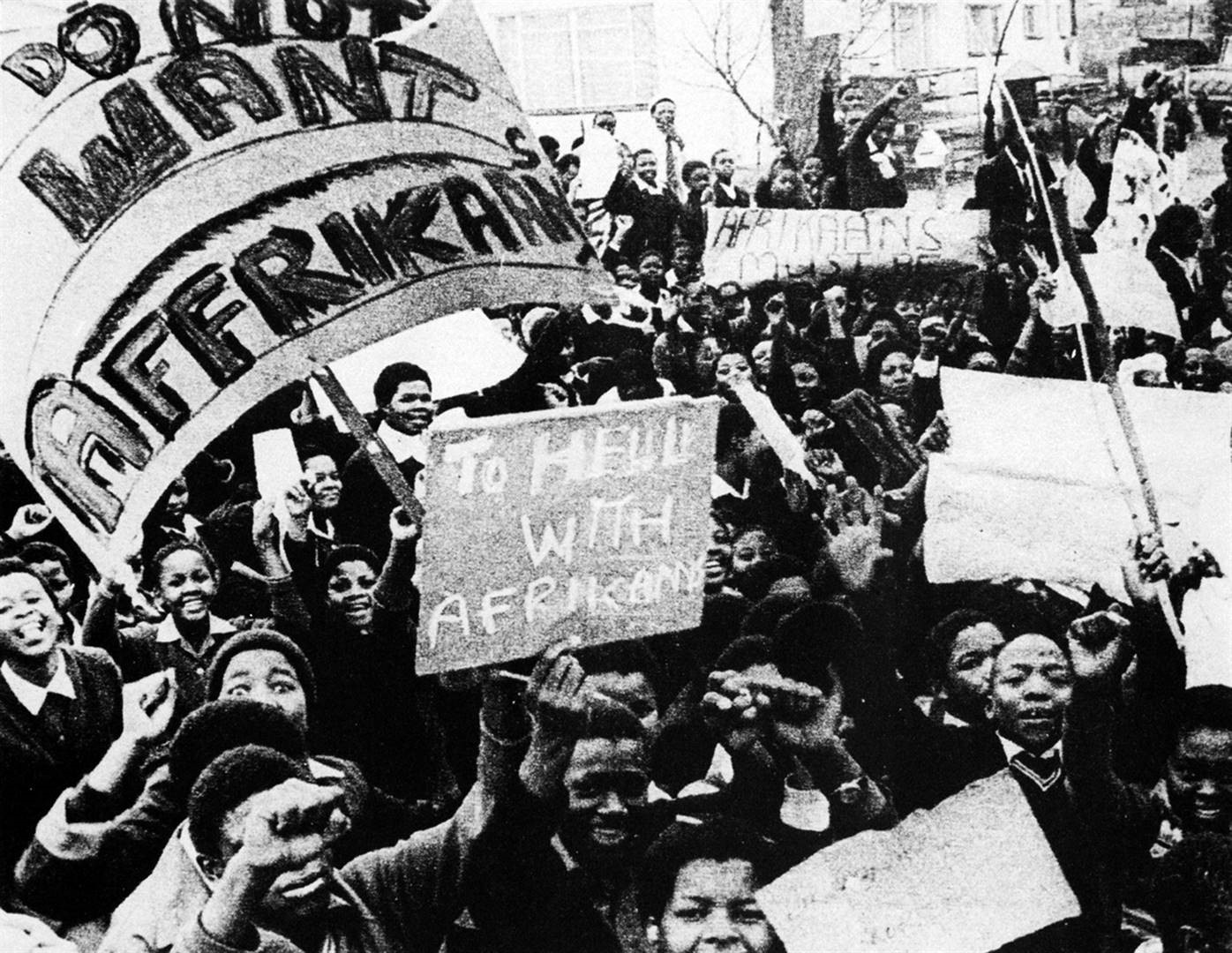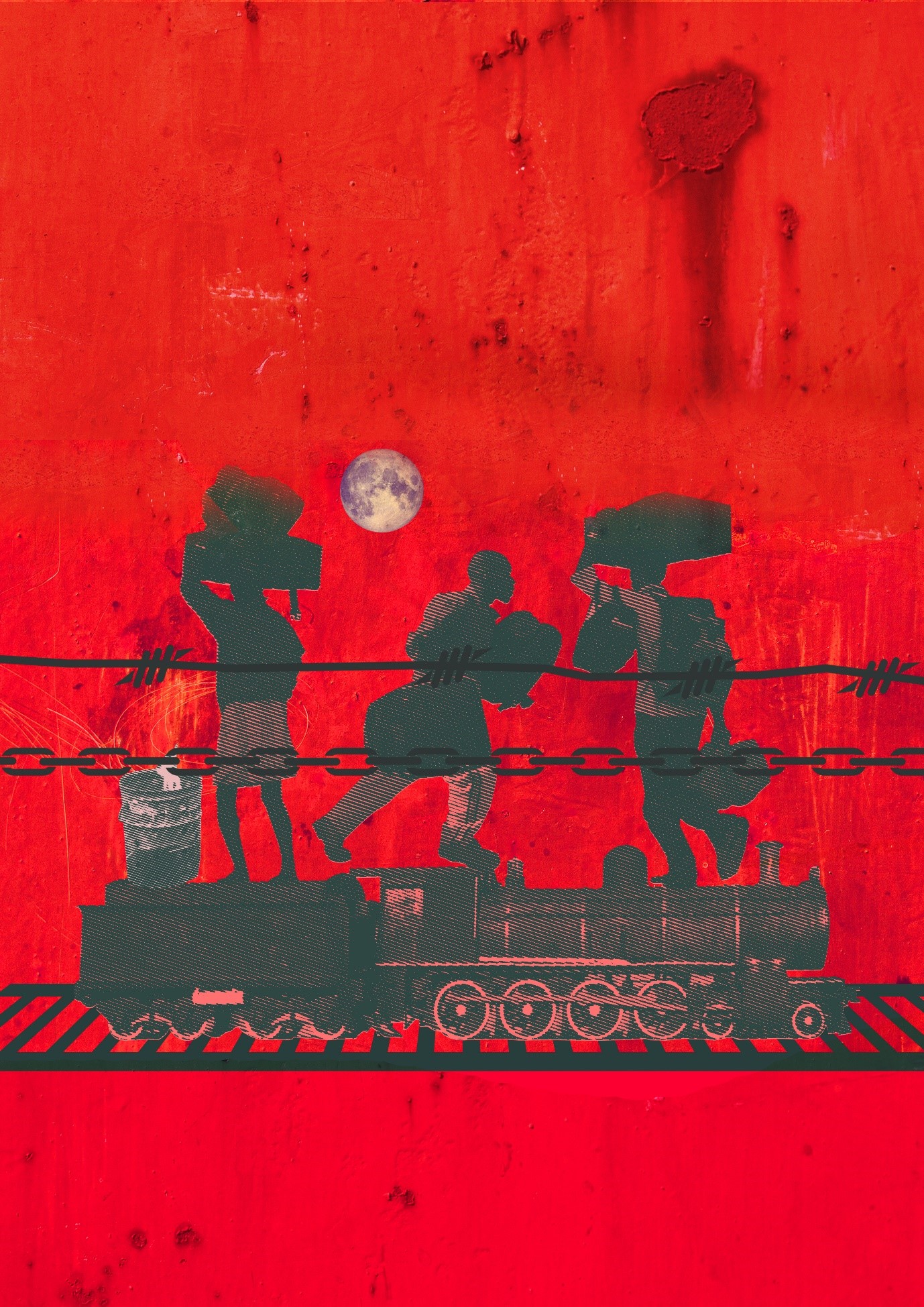For nine decades and three generations, City Outfitters has been an iconic store for lovers of timeless fashion. The store remains a space for all who identify with long established niche fashion brands and dress codes. Men’s Outfitters have existed in and around the central business district of Johannesburg playing a major role in adorning black urban migrants and sub cultures for nearly a century. City Outfitters is one of the last remaining outfitting stores from their conception, among those who opened their doors yesteryear. The store was established in 1931 as a General Dealer called ‘City Warehouse’ and began its transformation into a Men’s Outfitting store in the 1960’s, ultimately becoming what we love and now know as ‘City Hall’.
A very young and determined migrant Ismail Dajee who landed up in South Africa around 1915, secured leasing space in Jeppe in 1931 at the time when non-whites could not own property and could only lease it due to the group areas act. Nevertheless, Mr Dajee tried breaking the continuity of a ‘whites only’ space and found a loop in a property in Jeppe, making it a shop and residence at the back. His successor and son Mohammed Dajee continued to grow the business through the trying period of Apartheid making sure that the shop was able to open its doors throughout that difficult era.
Being the store that they have always been, popular brands like Converse, Florsheim and other made in America brands were first brought in and introduced to the South African market by City Outfitters. Determination and perseverance that seemingly passed through generations until Abdullah Dajee’s time resulted in the store’s progress, making it a force to be reckoned with in niche men’s fashion.
City Outfitters ushered a new wave of fashion to the black migrant worker either living in the townships or hostels surrounding Johannesburg. The limited exposure of these black migrant workers to the outside world made fashion brands, particularly American brands, a thing that they wanted their hands on in order to connect with the global village. The intrigue in the clothes and brands they saw available to them gave them a chance to appropriate and form alternative identities for themselves.
Followers of yesteryear sub-cultures, the likes of aboMshoza were seen in the townships wearing shoes like Bass moccasins and jiving to Kwela in classic one tone or two tone Florsheim’s. Mapantsulas in dungarees and Converse All star shoes were seen appropriating swift two step staff rider moves into dance moves, which became one of their signature looks. If your Converse came from ‘City’, you knew it was the real deal as they were the only ones to stock the shoe with the ‘made in America’ label.
The logo of City Outfitters portrays the Statue of Liberty and has the colours blue, red and white, like those of the American flag. One may first assume that it is because most of the clothing they stock is from America, there is however a deeper meaning to it. Abdullah Dajee explained that the significance of the Statue of Liberty connoted to lighting the path to liberty whereby freedom for non-whites came in all forms of expression and fashion being one of the most notable means of association. In one way or another it was a subliminal form of protest during the Apartheid regime and it evolved with the changes in Apartheid to date. France having gifted the Statue of Liberty to America was not the initial idea, it was a gift for Egypt and was to be positioned in Port Said at the entrance of the Suez Canal. This sentiment is what encouraged City Outfitters to embrace the use of the iconic Statue of Liberty to be their official logo.
The new generation has also caught the whiff of City Outfitters’ everlasting fashion and are making it their own. For fashion statements sake they are bringing back these looks and representing them in a different approach, faddish fashion which were worn by labourers is now a fashion aesthetic, like the kitchen boy suit. These previous unseemly garments are now worn with pride. The journey for City Outfitters has been long though they continue to recognize quality fashion as well as their supporters. The year 2021 will be their 90th year of their doors being open, an exhibition will be held to commemorate City Outfitters.
The exhibition is a retrospective showcase visiting different stages of City Outfitters from 1931 to now. The date, time and location is yet to be confirmed due to the complications of the Corona virus pandemic. The anticipated time is after April though before June; a few locations have been identified, although in selecting one the main criteria is elegance and accessibility as connecting to the heart of City Outfitters. The exhibition will showcase art, rare clothing pieces and memorabilia from the store. A signature design of limited edition gear like caps, tote bags and t's will be sold to celebrate the 90 years of City Outfitters. Digital artists will make prints to be sold at affordable prices, these pieces will be a commemoration and represent the history and sentiment of ‘City’. Memorabilia ranges from letters from John F. Kennedy, G.H Bass, Converse to pictures collected over the years of the business’ continuation and because of the sentimental value these hold, they will not be sold. The clothing will be rare pieces some have been discontinued, others are just hard to find and the store has acquired them over the years, some are sold for prices that should compensate for the sentimental value and others will just be for display as no price can be put on them.
The show is conceptualised and curated by Johannesburg based duo, Sizwe Nombande and Mpilonhle Ngema; working closely with Abdullah Dajee of City Outfitters. The exhibition would like to host an eclectic energy representing the different faces, popular culture enthusiasts, fashion lovers, new generation of street culture lovers, creatives, ordinary people who love to mingle as well as patrons that have supported the store over the years. It is a way of saying thank you to those who support the culture and to touch base with the old and welcome the new.



